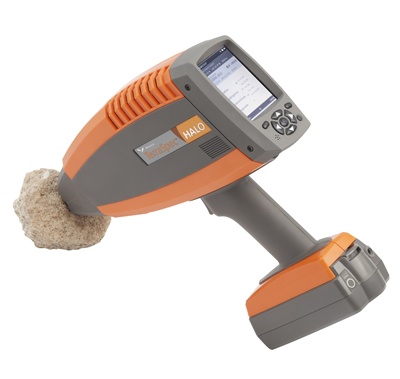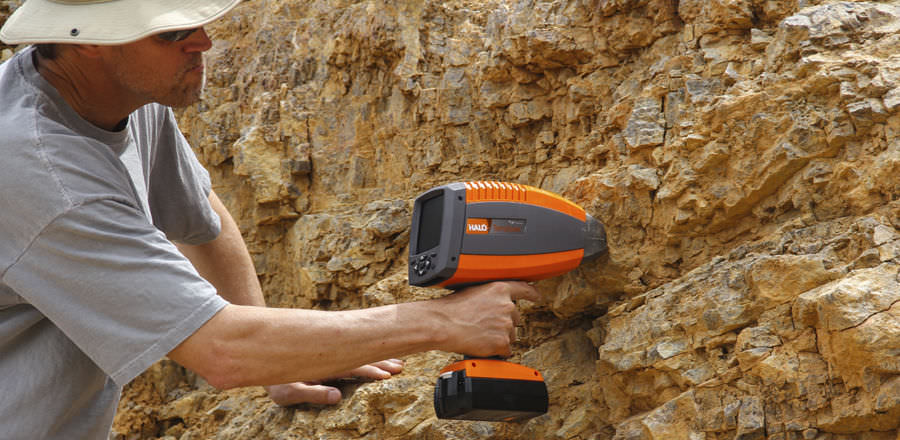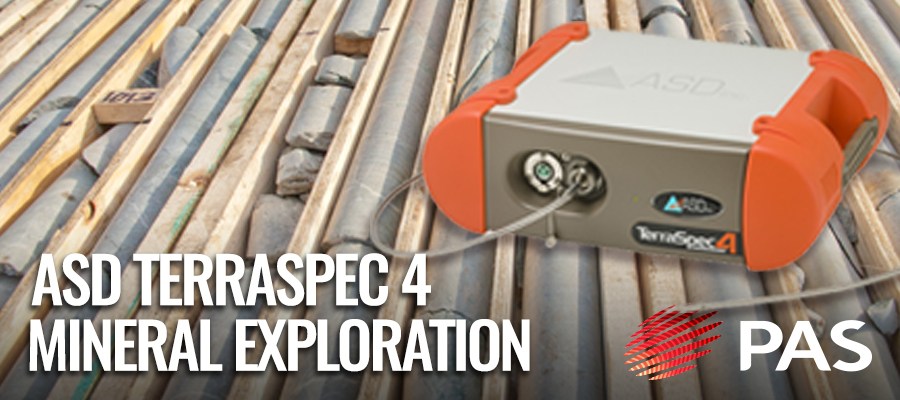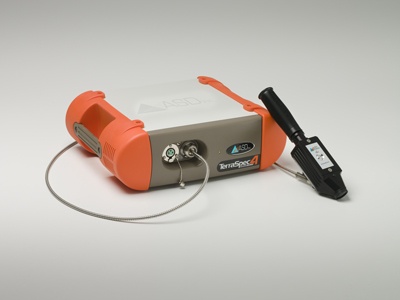Finding Buried Treasure: The Stages of Mineral Exploration Explained
The Australian landscape is renowned for being mineral rich and mining operations here have the potential to be quite lucrative.
However, the country is also extremely vast, making it difficult to identify deposits, particularly of the scale required to make mining economically viable. That’s why experienced prospectors maximise their chances of success by working through several structured stages of mineral exploration.
This process is designed to confirm the quality and quantity of minerals present in an area as efficiently as possible. It generally starts with lower-impact activities and only moves on to more invasive – and expensive – measures if certain criteria are met. This helps limit unnecessary impact on the environment and reduces both the risk and scale of wasted investment.
How are Valuable Minerals Located?
There are a range of characteristics that areas with significant mineral deposits share. Some of these are visible to the trained eye, though most can only be identified through deeper analysis using specialist tools.
The different stages of the mineral exploration process look for these signs, using increasingly advanced techniques to confirm the exact make-up of the deposit.
Please note: In this article, we focus on the practical steps required to identify, extract, and process mineral deposits. If you are looking to follow these steps, there are some administrative requirements you also need to meet. This includes finding funding and securing the appropriate licences from the relevant State Government department (e.g. the Department of Regional NSW or Resources Victoria).
Working through the Stages of Mineral Exploration
The exact process you need to follow to identify and analyse a mineral deposit will depend on a range of different factors.
For example, the specific tests you need to perform will be largely based on the mineral you are looking to extract. The geology of the area may also influence the design of both your surveying and extraction activities.
That being said, most mineral exploration projects go through several key stages, which are outlined below.
Initial Mapping and Surveying
You start by carefully examining the area for common indicators of a mineral deposit. This may include mapping the site’s geology, including the location and orientation of exposed rocks. It often also involves water and soil testing to identify sediments present on the surface of the site.
You can then graduate to more advanced surveying methods to get a more detailed view of the minerals present.
Near-Infrared (NIR) Surveying
Near-infrared (NIR) surveying in mineral exploration utilises spectral signatures of minerals in the near-infrared range to map their distribution across large areas.
Analysis devices collect NIR data, enabling rapid identification of specific mineral absorption features and the creation of maps. Overall, it offers a quick and efficient approach to locating potential mineral deposits for further investigation.
Fourier-Transform Infrared (FTIR) Surveying
Fourier Transform Infrared (FTIR) surveying identifies and characterises minerals by analysing their unique infrared absorption spectra, and uses the Fourier Transform method to analyse impressively wide spectra.
FTIR is particularly useful for mapping mineral distributions and identifying alteration minerals associated with ore deposits.
Magnetic Surveying
A magnetometer is used to identify subtle variations in the Earth’s magnetic field. This helps you analyse rock types and determine the presence of metallic minerals.
Electromagnetic Surveying
An electromagnetic field is used to identify subtle variations in the conductivity of the near-surface rocks and soil. This helps you analyse groundwater and salinity, and locate deposits of metallic minerals.
Radiometric Surveying
A spectrometer is used to measure the gamma rays emanating from the top 30cm of earth. Widely considered the most reliable surveying method, this helps you analyse the composition of surface rock and soil, and determine the presence of a range of minerals.
Gravity Surveying
A gravimeter is used to identify subtle variations in the Earth’s gravitational field. This helps you analyse the thickness of rock in the crust and determine the presence of certain minerals and energy sources.
If your exploration area is quite large or difficult to access, low-flying helicopters or aircraft can be used to carry out airborne surveys, or if smaller, ground-based surveying may be more appropriate and effective.
Targeted Drilling and Sampling
If the results of initial exploration activities are positive, targeted testing can help you confirm the presence of a mineral deposit. In particular, core drilling allows you to access below the surface of the site and see what materials are present.
The depth you need to drill down will depend on your surveying results and will progressively increase as you confirm the presence (or not) of minerals.
Before proceeding to the next stage, you may also choose to carry out bulk sampling. This is quite an invasive process that requires the extraction of a large volume of material to enable further testing. However, it can provide invaluable information on both the quality and quantity of minerals present.
Alternatively, using portable NIR and FTIR analysis devices can shortcut this process because of their ability to take highly accurate, fast and non-invasive readings of samples.
Detailed Modelling and Design
Using the data gathered through your exploration activities, you can develop intricate models of the size and structure of the mineral deposit.
These can then be used to help you decide whether to proceed with mining the site. And, if you do, your modelling can also help you optimise the design of your mining activities and infrastructure.
Mineral Extraction and Processing
There are many different ways to get minerals out of the ground, and mining techniques and technologies are constantly evolving.
Whichever approach you choose, you should expect to invest significant time and money into setting up your operations. You will also need to validate production levels against your modelling and begin further exploration activities well before you reach depletion.
There is also constant innovation in mineral processing, which is helping to increase efficiency, reduce waste, and minimise health and environmental risks.
Choosing the Right Tools for the Job
Having the right equipment at your disposal will make it much easier to progress through the stages of mineral exploration. At Portable Analytical Solutions, we understand this and have the perfect products to help with your exploration efforts:
The ASD TerraSpec 4
The ASD TerraSpec 4 is a favourite of top geologists, allowing mineralogical analysis to be completed quickly and precisely. A spectrometer that uses near-infrared technology, it provides the highest quality spectral results, supporting the accurate analysis of minerals, even at low concentrations.
The Agilent 4300 Handheld FTIR™
The Agilent 4300 Handheld FTIR™ provides the ultimate combination of convenience, durability, usability, and accuracy. A spectrometer that focuses on the mid-infrared range, it is the ideal complement to the ASD, enabling detailed analysis across a wider spectral range.
For more information on these tools, or to purchase your own, contact the PAS team today.



